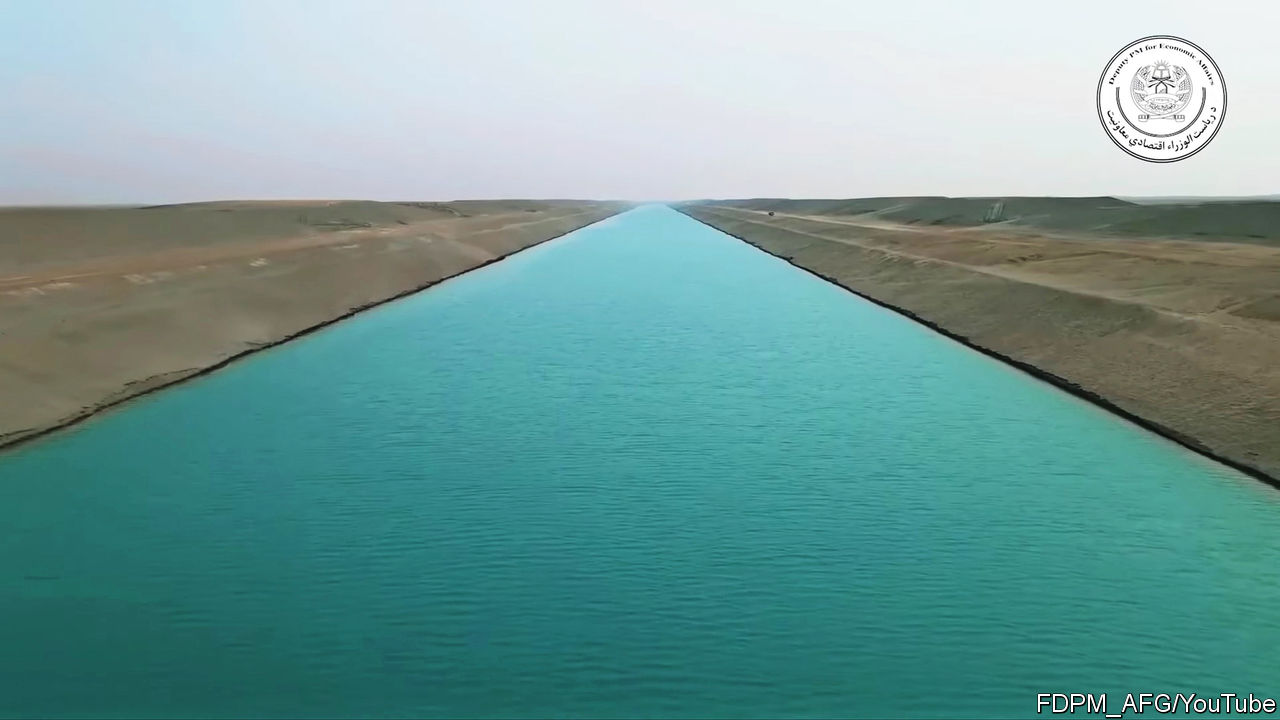Qosh Tepa Canal
The Qosh Tepa Canal is a canal being built in northern Afghanistan to divert water from the Amu Darya river, one of the longest rivers in Central Asia. The main canal is expected to be 285 km long and the overall initiative seeks to convert 550,000 hectares of desert into farmland12
Why is Afghanistan building the canal?
Afghanistan is facing a severe water crisis due to drought, climate change, and population growth. The country has one of the lowest per capita water availability in the world, and only 12% of its land is arable The canal project is seen as a way to boost agricultural production, food security, and economic development in the country. The Taliban government, which took over Afghanistan in August 2021, has made the canal a priority project and claims that it can implement it without foreign assistance12
How is the canal being constructed?
The construction of the canal began in early 2022 and is managed by the National Development Corporation, a state-owned enterprise under the Taliban government. The project employs over 5,500 workers and uses over 3,300 pieces of machinery. Satellite imagery shows that more than 100 km of canal has been excavated in the past 10 months The canal will start from Kaldar District in Balkh Province and branch out into several secondary and tertiary canals along its route
What are the challenges and impacts of the canal project?
The canal project faces several technical, financial, and political challenges. Some experts doubt that the Taliban government has the capacity and expertise to complete the complex engineering work required for the canal, such as building culverts, bridges, and irrigation systems. The project also needs a reliable source of funding, which may be difficult to secure given the economic crisis and sanctions imposed on Afghanistan2 Moreover, the canal project may have negative impacts on the environment and regional stability. The diversion of water from the Amu Darya river may worsen the situation of the Aral Sea, which has been shrinking due to excessive water use by upstream countries4 The canal project may also trigger disputes with downstream countries, especially Uzbekistan, which relies on the Amu Darya river for its agriculture and hydropower. Uzbekistan has expressed concern that the canal will reduce its water share and affect its interests1
